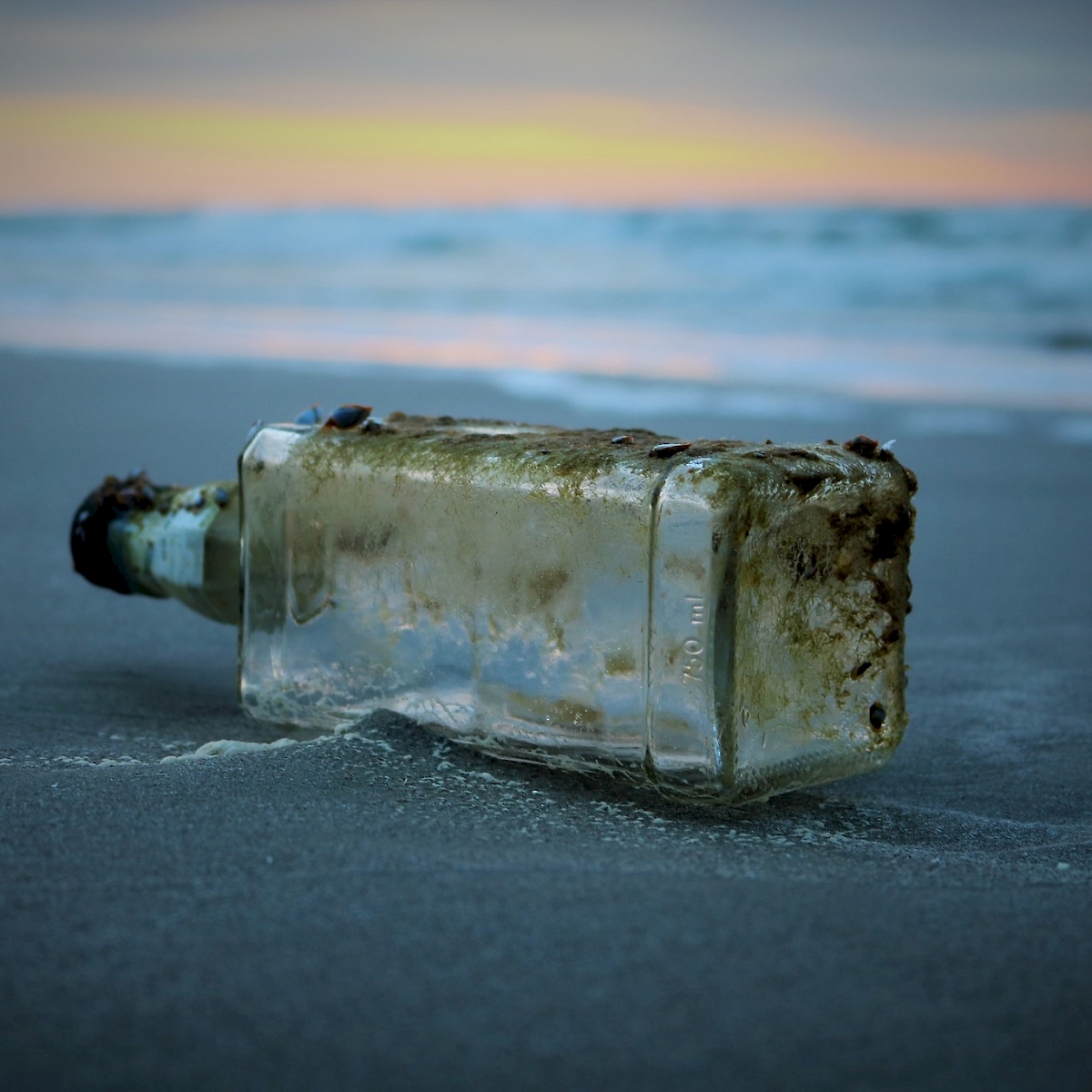Waste depletes the Earth’s natural resources and pollutes air, land and water in ways that are inimical to both the physical and biological systems on which we depend. Global crises of biodiversity loss, climate change and water quality are now being recognised as requiring emergency action.
A comprehensive approach is urgently needed to tackle historic problems created by previous failures to manage waste and to institute better policies and practices now and for the future. Action is needed to clean up the pollution that has already been created, catch up by improving inadequate current approaches to waste generation and management, and smarten up by developing ways to design out waste and innovate for clean technologies and products designed to be more readily returned and recycled into valuable uses. Waste management hierarchies, oriented strongly towards sustainability as the primary goal, need to be instituted in policies. These need to be resourced and implemented, with policy integration across all sectors where waste is generated or where it impacts beings of critical importance.

Trouble in mind
Leaders of governments needed to have more on their minds than just the climate change crisis when they gathered at the United Nations Climate Action Summit in New York on 23 September 2019. Certainly, the urgency of this crisis must not be ignored. UN General Assembly President María Fernanda Espinosa Garcés of Ecuador has stressed “We are the last generation that can prevent irreparable damage to our planet”, while Swedish activist Greta Thunberg asks whether anyone is listening, proclaiming “Our house is on fire.”
“Our house is on fire”
But several other, interconnected environmental crises also need urgent attention from government leaders. The Stockholm Resilience Centre has identified nine Planetary Boundaries of critical importance to sustaining the stable environmental conditions needed for maintaining the human population of Earth – and for the survival of many other species. The safe limit thresholds for several of these Planetary Boundaries have already been crossed. Up to one million plant and animal species are currently being driven into extinction – disappearing 1,000 times faster than the natural rate of loss. Johan Rockström, a leader of the Planetary Boundaries assessments, warns “What we do in the next 50 years will determine the next 10,000 years.” Terri Swearingen, on receiving the Goldman Environmental Prize, put it in succinctly: “We are living on this planet as if we had another one to go to.”
Throwaway living must end
A shared source of all the environmental challenges is the waste produced by human activity. A story in Life magazine in 1955 celebrated the arrival of ‘throwaway living’ – i.e. one-time use and disposal. But Annie Leonard, creator of the film 'The Story of Stuff', reminds us that "there is no such thing as ‘away’. When we throw anything away it must go somewhere.”
The World Bank reports that, globally, municipal solid waste was being generated at 2.01 billion tonnes per year in 2016, predicted to increase to 3.40 billion by 2050 if there are no changes in present practices. Plastic alone accounts for about 12 per cent of the present total of this waste and is often poorly managed. An Ellen MacArthur Foundation report projects that, under a business-as-usual scenario, by weight there will be more plastic than fish in the oceans by 2050. To prevent this waste the 'plastic pact', to which Chile, France and the UK have already committed and other countries are likely to join, envisions that all plastics would become recyclable or compostable by 2025. A similar approach can be seen in the 'European Strategy for Plastics in a Circular Economy', which aims at all plastic packaging on the EU market being recyclable by 2030.
Municipal solid waste is only part of the story. Discharge of liquid and gaseous wastes from household, industrial or agricultural sources into the atmosphere and waterways is often uncontrolled, unmeasured and very harmful to local and global environments.
"We are living on this planet as if we had another one to go to"
Agricultural wastages in excessive uses of fertilizers and pesticides and in crop management, harvesting, processing and consumption are ubiquitous. A third or more of all the food the world produces goes to waste – and food waste that decomposes in landfills releases methane, a greenhouse gas 30 times more potent than carbon dioxide and responsible for 25% of global warming. The UN’s Food and Agriculture Organization estimates that the carbon footprint of food produced but not eaten is equivalent to 3.3 billion tonnes of carbon dioxide per year. Food wastage ranks as the world’s third-largest aggregate source of greenhouse gasses, after the country emissions of USA and China.
Moving to eliminate waste
Eliminating waste is essential to halting damage to the planetary environment. The 3R initiative (reduce, reuse, recycle), which emerged in the 1970s and was subsequently championed by Japan and others, has been adopted in many variants around the world. The concept of ‘waste hierarchies’ has become a key guiding principle. Least desirable are the dumping of mixed wastes in landfills and incineration. Much more valuable are steps up the ladder that separate different types of waste and find practical uses. The highest value is to return materials to the original or another use with as little loss as possible, in the circular economy and cradle-to-cradle approaches. In recent years, Japan, the Netherlands and Sweden have demonstrated the feasibility of virtually eliminating landfilling with household waste. Over 60% of the world’s aluminium is now recycled, rising to over 90% in some countries, with recycling rates for aluminium drinks cans of well over 90% being achieved, for example, in Belgium, Finland and Germany.
Japan, the Netherlands and Sweden have demonstrated the feasibility of virtually eliminating landfilling with household waste
Clean up, catch up, smarted up
A comprehensive approach is needed to tackle historic problems of previous failures to manage waste.
Cleaning up the environment, for example by reabsorbing carbon dioxide from the atmosphere, mining landfill sites for usable materials and sealing sites leaching harmful substances.
Catching up by improving inadequate current approaches to waste generation and management and wherever possible halting harmful emissions and discharges. Proven best practices for efficient waste management and recycling include actions such as: (a) implementing the household separation, collection, sorting and recycling or composting of domestic and municipal waste, with application of waste hierarchy principles to ensure recycling returns materials to the highest practical point in the value chain; (b) undertaking recovery and recycling of waste electrical and electronic equipment and components while ensuring prevention of environmental release of harmful materials such fluorinated hydrocarbons in refrigerators, which can contribute to stratospheric ozone depletion and/or global warming, or of toxic substances such as heavy metals, dioxins or brominated flame retardants; (c) where practical, retrofitting the cleanest available technologies, to replace more polluting, wasteful ones – for example, to capture emissions of carbon dioxide or toxic materials during incineration, or to undertake mining of landfill sites to extract valuable materials, or sealing of landfill sites to halt leaching of toxic materials into the environment.
Smarter approaches must be developed to design out waste and innovate for clean technologies and products designed to be more readily returned and recycled into valuable uses. Since its emergence in the 1970s, the 3R model has been an important source of principles to be applied in waste reduction, processing and management. The concept of waste hierarchies has its roots in European waste policy in 1975. It has generally been based on the 3R model or one of its elaborations and eventually combined with the evolving concept of the circular economy. However, it is important that the future, smarter approach not only emphasises 'value retention options' as a way of increasing circularity, but is also shaped as a 'sustainability hierarchy' which gives high priority to the sustainability of resources and focuses on waste prevention options.
The development of a hierarchy based on eleven Rs (reject, reduce, reuse, redistribute, repair, refurbish, repurpose, remanufacture, recycle, recover, return) provides a basis for a more nuanced approach, with the first and highest level being a choice whether to reject the proposal to make something at all. In all the common hierarchies, incineration of waste and landfill are given much lower priority than any R options.
Progress, challenges and integration
The European Union provides an example of both progress and remaining challenges. Since the 1970s, EU environment policy has evolved substantially from its initial focus on single pollutants and impacts to a more comprehensive approach to waste management and the current attention to implementing the waste hierarchy and the Circular Economy Action Plan.
The current global attention to climate change emphasises the opportunity for policy integration between diverse areas relating to global sustainability. There is need to avoid fragmented and inconsistent approaches and to strive for policy coherence between diverse sectors dealing with industrial development, environment, food, agriculture, climate change, treaties affecting ocean exploitation (e.g fisheries) and protection & conservation. All of these sectors have a linkage to waste.
The critical need for waste minimization and better management in the context of sustainability, therefore, provides a cross-cutting theme – and, indeed, a test case for policy coherence – that can help to stimulate intersectoral dialogue and alignment.
EU President-elect Ursula von der Leyen has said that, as one of the three core topics of her agenda: "I want the European Green Deal to become Europe's hallmark.” Integration, across all relevant policy areas, of a sustainability-oriented approach to waste management, should surely be a principal indicator of this agenda’s successful progress.
"I want the European Green Deal to become Europe's hallmark"
If the leaders attending the UN meetings in New York in September 2019 really were listening, after returning home they will have begun to focus their minds on the big picture of multiple, interconnected crises linked to waste and will commit to clean up, catch up and smarten up if they really do want to be part of the generation that saves the planet from irreparable damage.
Note: This article is published under a CC BY license.








